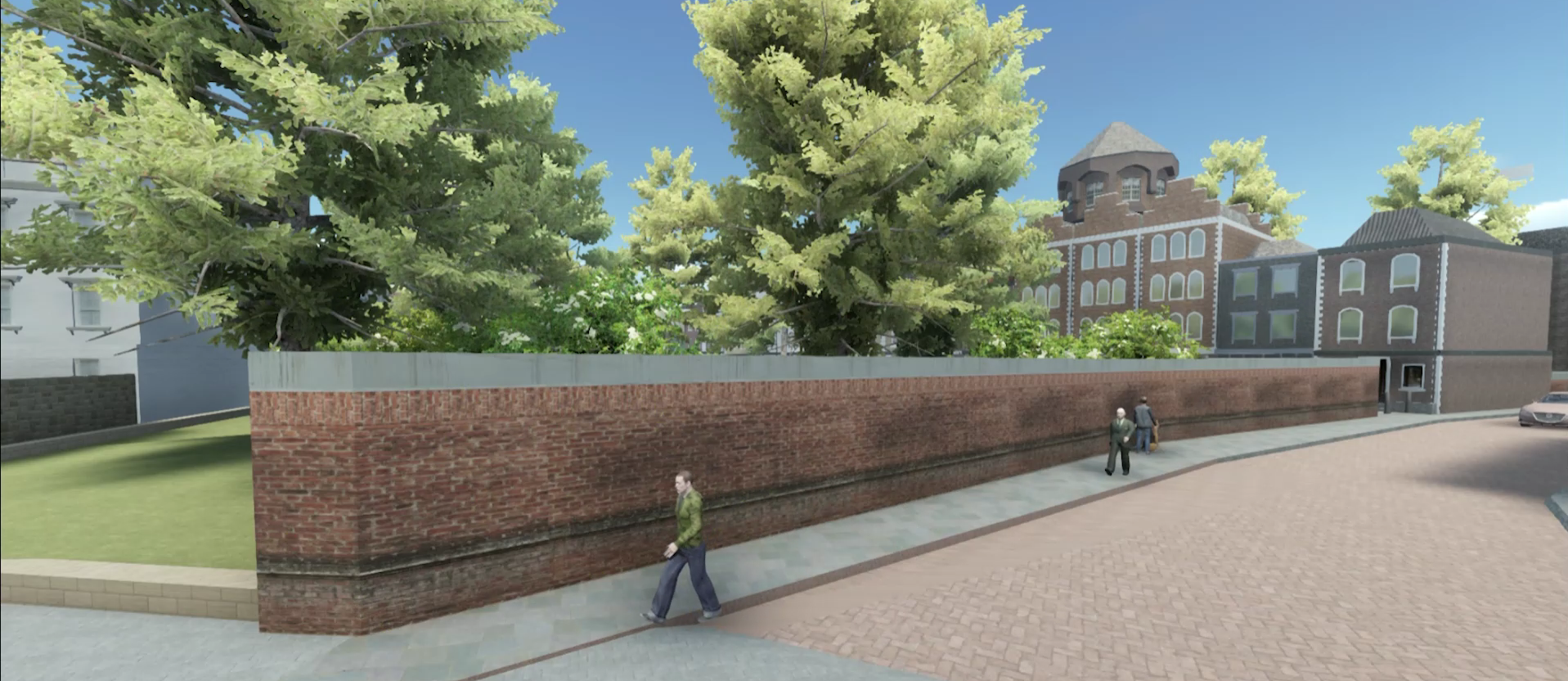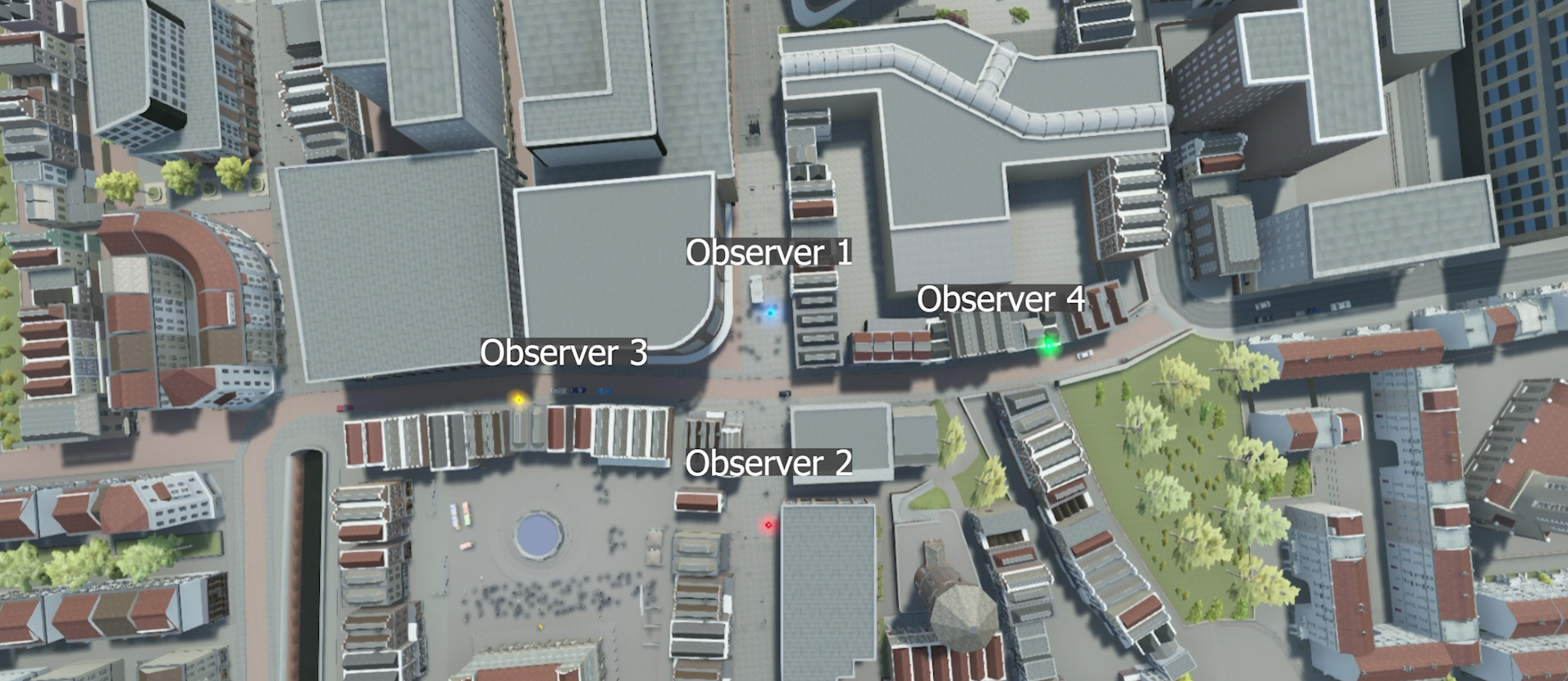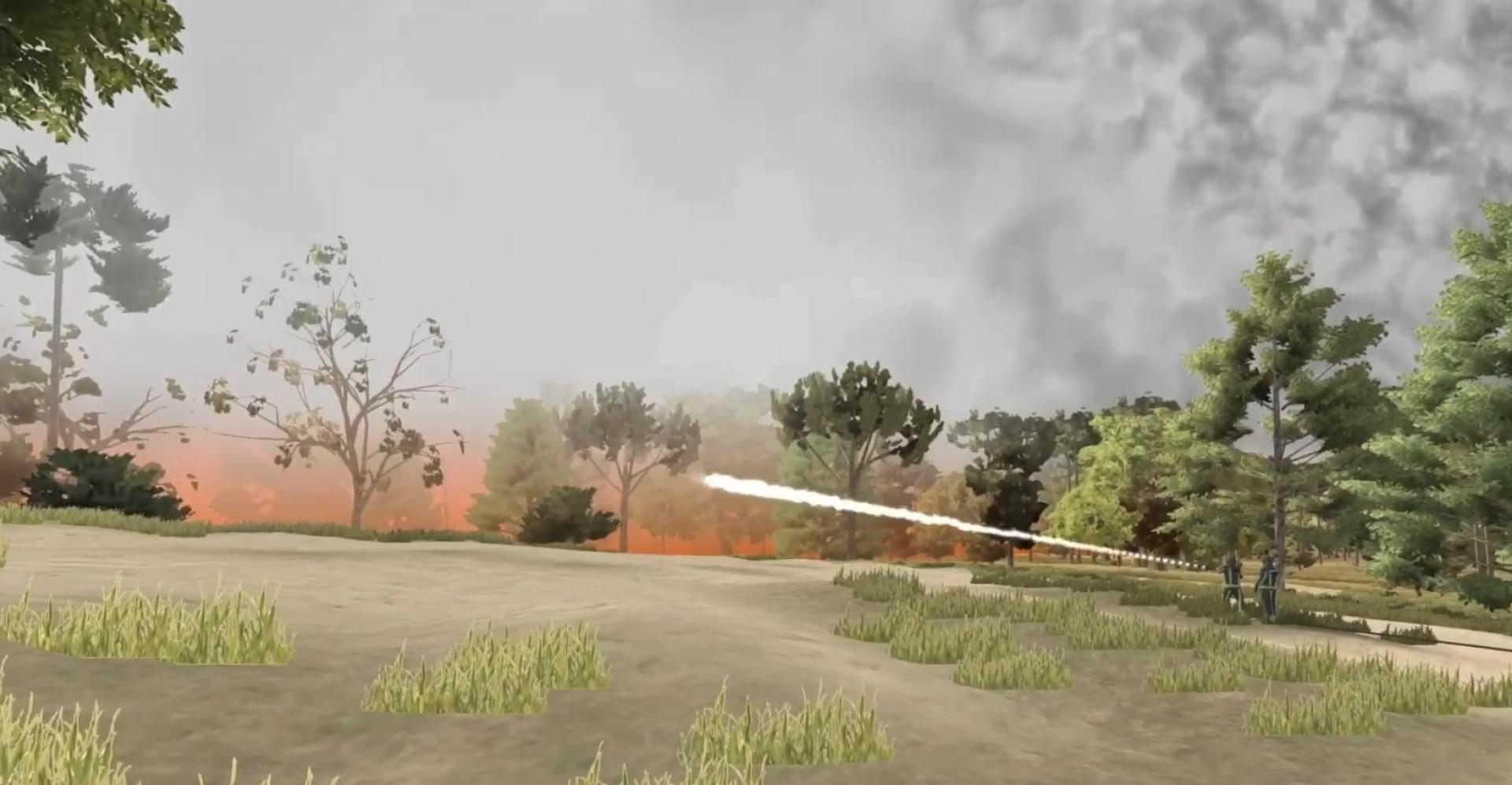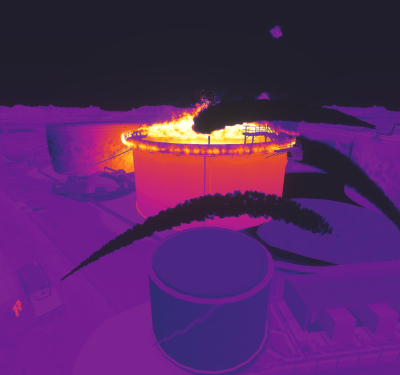Using XVR On Scene to train Covert Surveillance
Did you know that you can also use XVR On Scene to train Covert Surveillance? Learn about the benefits of training safety and security personnel with XVR Simulation.
There are a lot of police officers and police prospects that need to be trained in a short period of time. Unfortunately, due to a lack of capacity, it can be challenging to train not only the many students in police academies but also the police officers that are already active in the field. Training with VR software enables users to simulate a wide range of scenarios – especially those that are difficult, time-consuming and/or costly to set up in real life and therefore difficult to replicate for large amounts of students. This way, students gain more experience in a controlled environment before going out to learn on the job, and all of them are ensured to meet the same learning goals.
Learning goals:
XVR On Scene provides an ideal environment for the following safety & security learning objectives:
Situational awareness/observation
- Enter hundreds of scenarios that have participants face off with intricate situations, simulated in a highly detailed manner. Events can be repeated exactly for multiple back-to-back sessions, allowing several students to train for the same goals in the same environment. For Covert Surveillance, this means that the suspect repeats the same movements and displays the same behaviour each time the scenario restarts. When multiple participants join a session at the same time, they can each experience their own perspective of the observation, and ultimately use those insights to help each other in a team effort.
Reconnaissance
- Script your own scenarios, or make adjustments to existing ones, including targets, movement paths, and chains of events. Entire locations can be prepared with several interaction points along the way, stretching throughout the different areas of expertise that are required to master reconnaissance. Follow moving targets, draw conclusions and react accordingly. XVR On Scene even comes with features that support CCTV monitoring, meaning that participants can train the use of observation technology. This CCTV functionality was also applied in the Covert Surveillance scenario to increase the amount of realism.
Communications and transfer of information
- Especially in group sessions, it is crucial that participants communicate with each other efficiently. Many scenarios are meant to be experienced in a group, and come with tasks that need to be distributed among the participants. Where is the target headed? How is he behaving? Is he on foot? The instructor will of course lead the participants through the scenario that they train, but they have to make their own decisions and exchange their findings with one another accordingly.
Predictive profiling
- XVR On Scene allows the users to enter environments that are filled with moving objects, pedestrians, and vehicles. All of these factors need to be filtered by the participant in order to identify suspicious behaviour and bad actors. VR simulation training is a perfect fit for this, because the scenarios are interactive and therefore offer significantly more room for investigation when compared to other media. The Covert Surveillance scenario was specifically constructed within a lively city environment, so that the participants are confronted with distractions along the way.
Standard operating procedures
- There is no other industry that requires more attention to protocol and operating procedures than safety and security. It is absolutely paramount for all safety and security personnel - no matter if they are military, police, or security forces - that they know how to handle high-tension situations while sticking to the rules exactly. Whether it is something simple like making an arrest, or something more complex like crowd management, XVR On Scene provides a learning ground to approach all of those cases in a safe environment, long before anything bad can happen out in the field in the real world. The same applies to Covert Surveillance, since it is incredibly difficult to simulate a realistic surveillance mission in a lively environment, especially if the outcome needs to be repeatable, so that identical learning goals can be achieved with each new run. This scenario allows for every necessary procedure to be rehearsed and repeated without limitations.
Teaching setup:
The target’s movements are scripted and can be adjusted by the instructor. Therefore, the approach can vary heavily based on the specific surveillance case. Whether the use of a vehicle is required or not, how fast the target is moving, if the target displays signs of aggression, or what the weather conditions are like – all of these aspects can be customised for the sake of more immersive and relevant VR training.

In addition to that, this scenario can be experienced in three different ways:
- Classroom In a classroom setting, one student might be placed in the scenario together with the instructor, while the rest of the class watches. The resulting visuals can then be used in a similar way to a traditional presentation, involving the students with questions on what they see, and what the appropriate action would be. This setting is perfect to spark discussions and facilitate group work.
- Team A team session allows multiple participants to join, so that everybody can take over different roles. This way, they can train communication, collaboration, reporting (and requesting reports), decision-making, reconnaissance, and generally following protocol, depending on the individual role they take on.
- Individual The set up for individual sessions offers the same training goals as the one for team sessions. However, objectives vary based on the role that the participant takes on, so different goals can be trained by switching roles. In addition to that, the individual setup can also be used for assessment purposes.
Scenario description:
In this scenario, a person of interest (the target) is being monitored by multiple observers. He leaves his residence and then proceeds to walk through a pedestrian zone. In the meantime, two observers are following his every step, taking turns, while keeping enough distance to not get spotted. After being followed on foot for a bit, the target enters his vehicle and starts driving, so surveillance continues on the road. Shortly after, the target’s car drives into a parking garage close by. This is where a third observer takes over, and continues to follow the target as soon as he leaves the garage. The goal of the scenario is to identify a rendezvous point, where a transaction takes place between the target and a second person of interest. The participant is faced with a choice: What to do next?
Participants can either take on the role of observer or team leader. The observers are responsible for following the target’s moves while remaining unseen, allowing them to react to situational behaviours and strengthen their understanding of secrecy in the field. The team leader, on the other hand, stays in a hidden location during this scenario and watches everything play out over multiple screens that are linked to CCTV cameras. This role is aimed towards planning and facilitating group efforts, coordinating activities, and generally gaining an overview of stressful situations.

Info:
For more information on this and other scenarios, please visit the community website or get in touch with us. For an in in-depth explanation of the tasks and events within this specific scenario, please download the explanatory document that can be found in the download tab for covert surveillance.
Overview



.png?resolution=400x375)